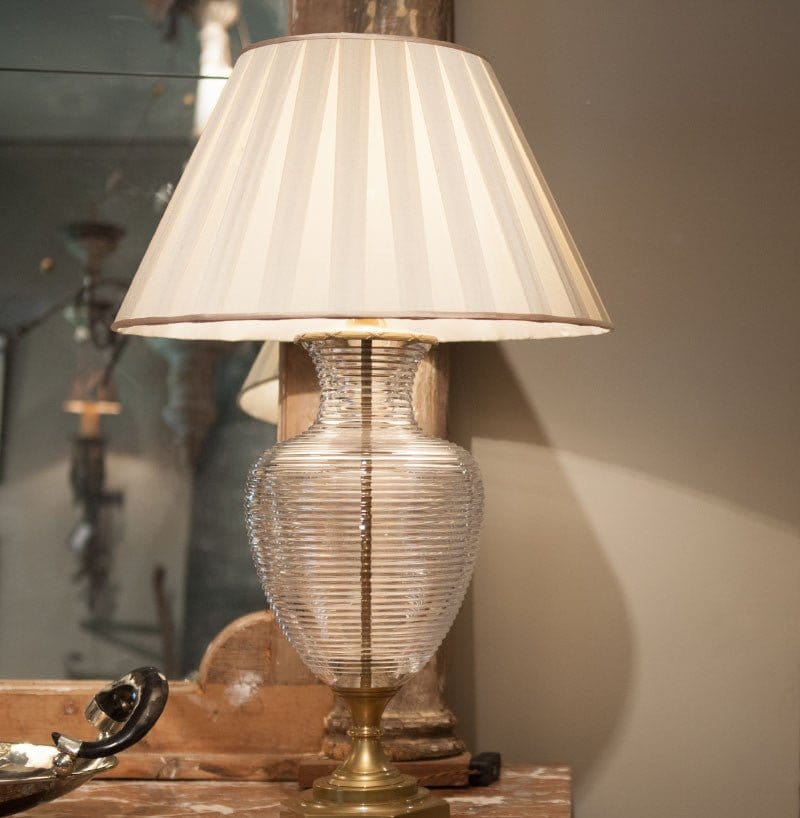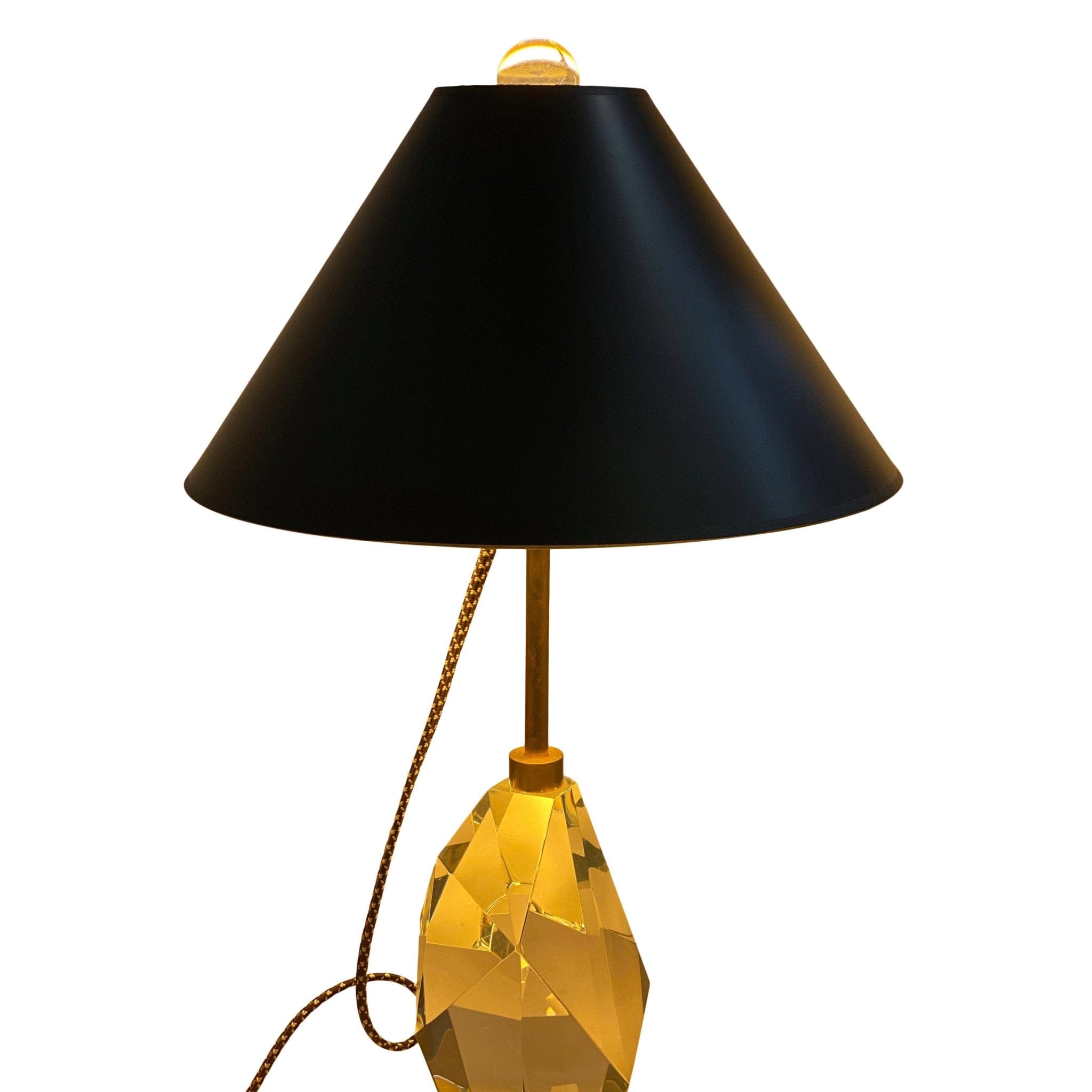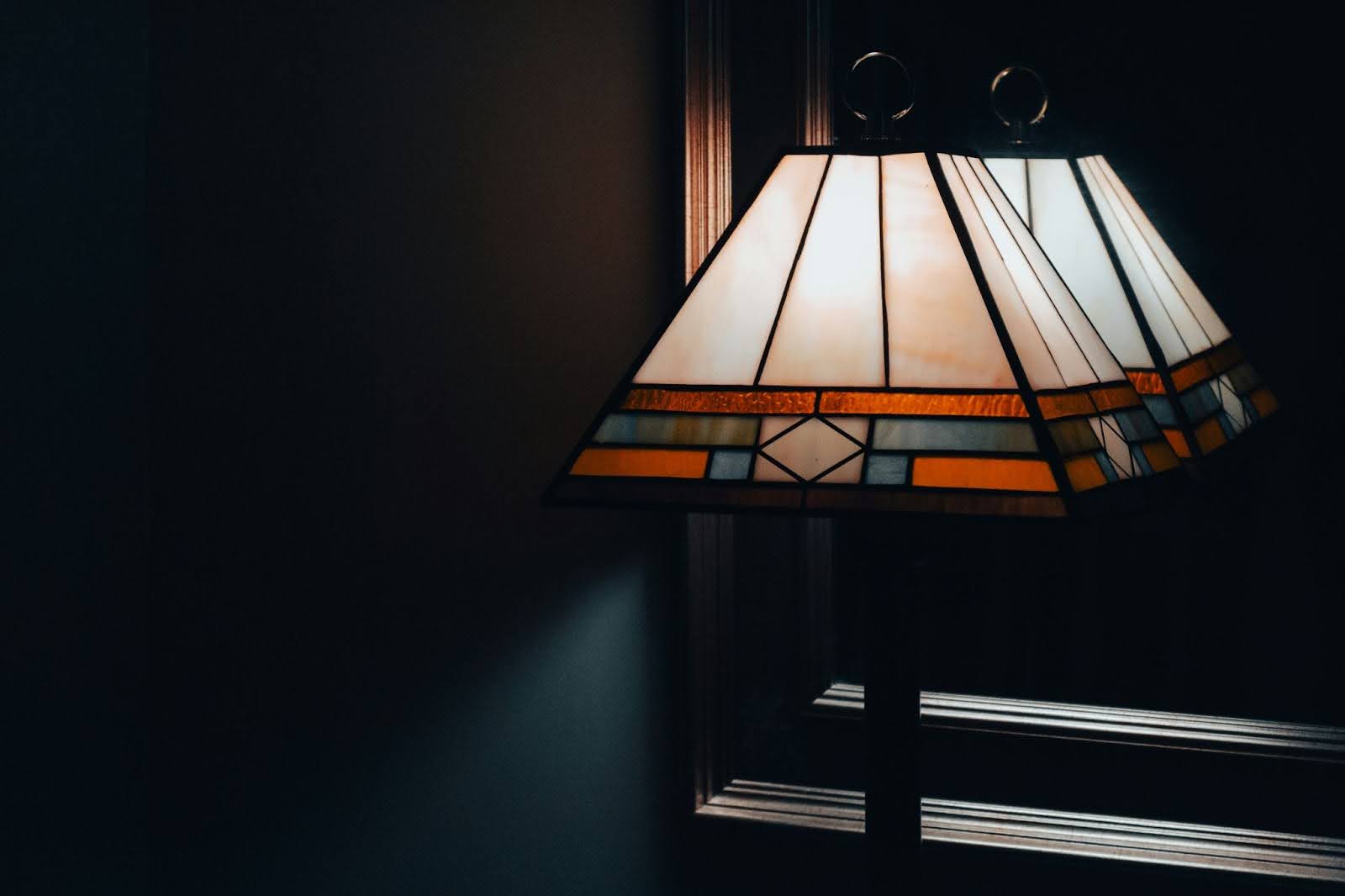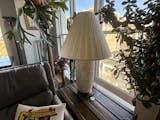
When you walk into a room, the lampshade often sets the tone—something you might not even realize until it’s missing. If you care about both aesthetics and performance, the choice between softback and hardback shades becomes essential in your overall design narrative.
Each backing style brings distinct visual cues, light interactions, and textures. In this article, we explore how these subtle differences shape design and function in real-life spaces.
Texture in Space: Soft vs. Crisp
You’ll find that softback and hardback lampshades each bring their unique vibe and personality to a room.
Softback shades lean into gentle curves and a relaxed silhouette. They complement vintage, bohemian, or transitional interiors, especially when wrapped in linen or silk. The light bleed wraps softly around the room, creating a cozy, tactile visual anchor.
Hardback shades, in contrast, present a sharp, tailored presence. Their clean edges and firm stance pair beautifully with modern, minimalist, or high-end commercial interiors.
Think precision and polish—ideal for spaces where formality meets flair. The backing keeps crisp lines intact, even with bold patterns or metallic linings.
Lighting Behavior: Ambience vs Intent
Every time you switch on a lamp, the shade plays its part. Softback designs scatter light in all directions. You get a gentle glow that fills corners and softens shadows—a go-to for ambient lighting in lounges or bedrooms. The diffusion builds warmth and invites you to linger.
Hardback lampshades direct the flux. Light escapes deliberately—upward and downward—creating focused pools ideal for reading nooks, desks, or accent lighting. You’re in control of illumination zones.
If you need pinpoint task lighting or want to highlight a design feature, hardback delivers intent.
Some interior designers even mix the two styles in the same home. Softbacks can add softness to personal spaces, while hardbacks offer clarity in communal or work areas.
Layering both creates rhythm and functionality across your lighting scheme.
Built to Last: Shape, Structure, Strength
Look closely at these lampshades and you’ll notice structural differences. Hardback shades include rigid liners—often paper or styrene—to maintain shape over time. That durability acts like armor, keeping even intricate trim or bold patterns sharp.
Softback shades offer softer support—think cotton lining with slightly flexible frames. That makes them lighter and easier to recover or refresh.
They won’t hold sharp creases as well over time, but in spaces where seasonal updates or colors change often, that flexibility works in your favor.
You’ll also want to think about how often a lamp gets moved or handled. In high-traffic areas, a hardback’s sturdiness can be a real asset. In contrast, a softback might feel more refined in quieter, decorative corners.
Fabric & Custom Options: Adaptability in Action
Material drives character—and your shade choice shapes how fabrics behave. Softback constructions embrace pleats, gathers, ruffles, and delicate trims. That fluidity suits layered, relaxed styling.
Hardback backing lets you go bold with sharp geometric prints, metallics, or structured silhouettes. The liner keeps fabric tight and patterns aligned.
If you want clean, precise results—whether in commercial settings or crisp residential schemes—hardback delivers.
Custom lamp shades let you take both options further. You can experiment with opacity, trims, and even colored linings for layered light effects. Softbacks offer drama through depth and draping; hardbacks stand out with form and finish.
Pairing with Lamp Bases: Balance in Every Detail
We’ve all seen mismatched lamps where the shade feels off. Get this right, and your design feels cohesive.
Softback shades shine with vintage ceramic or sculptural wood bases, bringing softness that echoes organic texture. Their rounder lines match curves and tapered forms.
Hardback shades are comfortable with chrome pillars, sleek marble, or metal lamp bases. The firm edges resonate with straight lines and geometric forms. The result feels intentional—contemporary, structured, and neat.
Pay attention to proportion here, too. A softback with a high-arching base looks elegant; a hardback with a squat, blocky base feels bold and grounded. Pairing well is about silhouette harmony, not just materials.
Placement Cues: Room Needs Shape Choice
Softback shades shine in relaxed environments. Bedrooms, living rooms, casual dining, reading nooks—they all benefit from the soft light diffusion and design looseness softback provides.
Hardback shades belong in areas where tailored light matters—kitchens, offices, bathroom vanities, or corporate lounges. They give clarity and formality while keeping your design clean and understated.
Also, consider layering multiple types of lighting. A softback on a side table pairs beautifully with a hardback pendant above the dining area. Lighting variety adds depth to the overall visual story of a room.
Maintenance & Care: Choosing Ease
You’ll find upkeep differs significantly between the two. Softback shades attract dust on fabric; a light vacuum or cloth dusting keeps them clean. Since they tend to fade or crease over time, you can restore them seasonally for a fresh twist.
Hardback shades resist dust and hold shape—just a wipe of a microfiber cloth does the trick. Their rigid liners stand strong against bulb heat. They may cost more upfront, but they age gracefully with minimal fuss.
If you manage properties or refresh décor frequently—hotels, rentals, retail spaces—maintenance matters. Hardback shades reduce replacement cycles, saving effort in the long run.
Budget & Long‑Term Value: Smart Planning
When you compare budgets, softback shades tend to cost less initially. You might refresh them more often, but recovering lets you switch styles economically.
Hardback shades cost more upfront, but they keep their shape and resist wear—making them a longer-lasting investment. If your goal is a long-term solution or a consistent brand aesthetic (say in a hospitality project), the value of durability often outweighs the upfront cost.
Some designers even invest in both, using softbacks for design flexibility and hardbacks where staying power and structure matter most.
Conclusion: Choose with Intent
Choosing between softback and hardback lampshades isn’t just a style decision—it shapes light, feel, and function in your spaces. You choose softback for warmth and flexibility, and hardback for structure and clarity.
Keep a balance: consider room purpose, base style, desired lighting outcome, and care preferences. That way, your shade isn’t just decoration—it’s part of your design narrative.
Ready to Transform Your Space with Custom Lighting?
At Lux Lampshades, we offer custom designs, wholesale solutions, and design consultation services tailored to your project needs—whether you’re upgrading a cozy home corner or outfitting a hospitality venue.
Our high-quality lampshades are crafted to elevate any space with style and purpose. Let’s bring your vision to light together.
Learn more and connect with our team today!












Leave a Comment
Your email address will not be published. Required fields are marked *